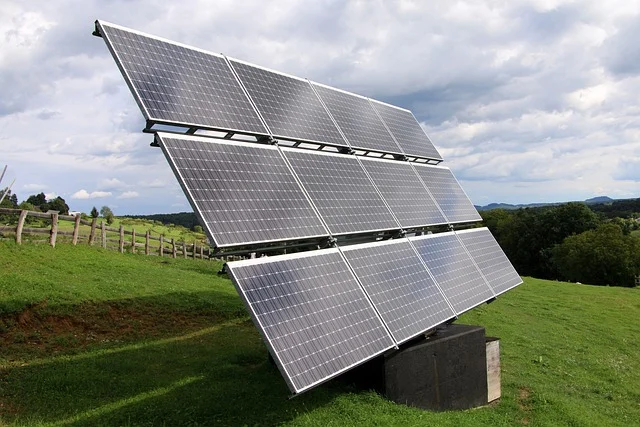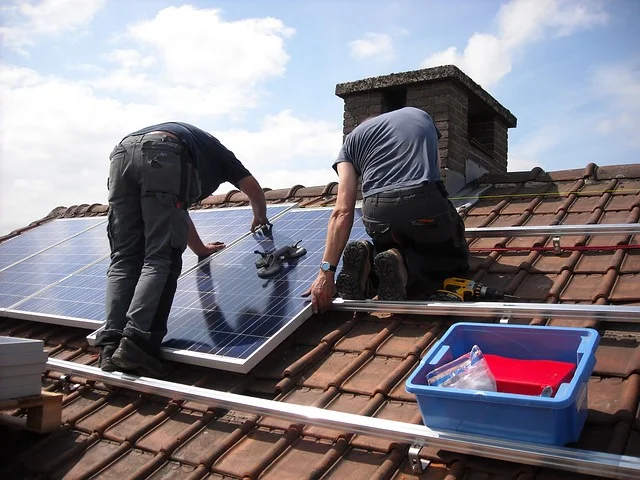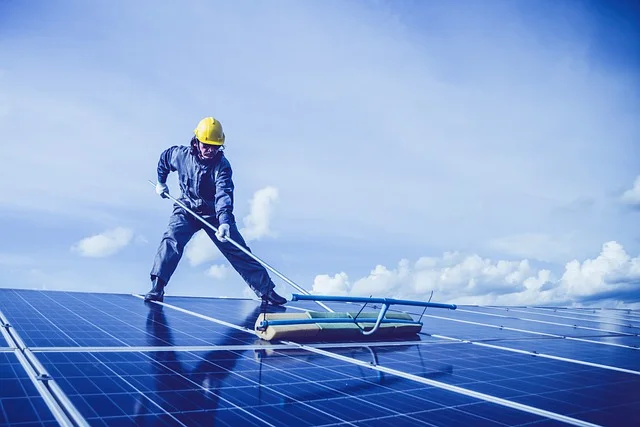How to make solar panels more efficient

Installing solar panels requires a serious investment. Of course, you hope to get the most out of it. But how do you ensure that they last as long as possible while also providing optimal returns?
Global energy demand is increasing hour by hour as developing countries engage in industrialization. According to experts, by the year 2050, electricity demand for the whole world would amount to 30 terawatts (TW). To give an idea, 1 terawatt is roughly equivalent to the power of 1.3 billion horsepower.
Solar energy knows no bounds. At any time, the Sun provides us with a power of 120,000 TW for free. But today, this form of energy only accounts for about 1% of the world’s electricity. The critical issue is to make it cheaper to convert photon energy into usable electrical energy.

If you search online for information about the impact of dirt on solar panels, you will quickly find widely divergent claims. The advice is from an annual necessity to completely unnecessary and from yield losses of 15% to a negligible effect. For example, in the barns, the efficiency loss due to pollution peaked at around 20%, but in some cases, the impact was also limited to just a good 2%.”
Set the best slope and local pollution
This gap can be attributed to local pollution. In the case of the farms, you noticed a big difference between open- and closed-roof barns. Another determining factor was the slope of the panels. Although the context looks different, local pollution and the slope also influence the extent to which dirt leads to a loss of efficiency in homes, explained some of the experts.
The presence of local pollution can be determined in various ways. A skylight is an important indicator. If particulate matter accumulates there that the rain does not spontaneously wash away, the same effect will also manifest itself in your solar panels.

The presence of dirt is usually greater in industrial and urban environments. When using a fireplace or stove, soot also settles on the panels via the chimney. Then, to increase the efficiency, clean the solar panels.
Wash pollen, bird droppings and cement splashes
Considers the more general forms of pollution, including sticky pollen from trees and shrubs, bird droppings, moss around the edges of the panels, and cement splashes from adjacent structures.
You don’t have to worry as much about dust and pollen. That will wash away with a heavy rain shower. As far as the slope is concerned, it points to the ideal angle of 35 degrees. That arrangement gives the rain a maximum chance to remove the dirt from your panels.
Cleaning
Only in completely safe conditions and with or without the aid of a telescopic brush can you put it to the test yourself. If a white cloth no longer looks white after a few rubbing movements over your solar panels, dirt has settled on your panels.
Cleaning solar panels is quite simple in itself but usually involves a (too) great risk. An extendable brush arm may provide an answer, but it is not cheap. Moreover, you are not always sure in advance whether you will reach all panels with it. If that works, you don’t need to use a special cleaning agent.

Rainwater is sufficient, provided it is clean and not too hard. But again, I recommend not to take any chances. Solar panels are not worth human lives. For a professional cleaning of a private installation, it is best to set aside a 100 to 200 dollar budget.
A lot here also depends on the number of panels and their accessibility. In addition to specialized companies, many window washers also do good work. A two to three-yearly cleaning should suffice. If you can clean quickly and safely yourself, I recommend cleaning every six months to annually.
Although the efficiency of new solar panels continues to increase, the self-cleaning effect does not increase. The latest generations of solar panels have an anti-reflective coating. It improves the yield of your panels, but will usually also retain the dirt longer.


